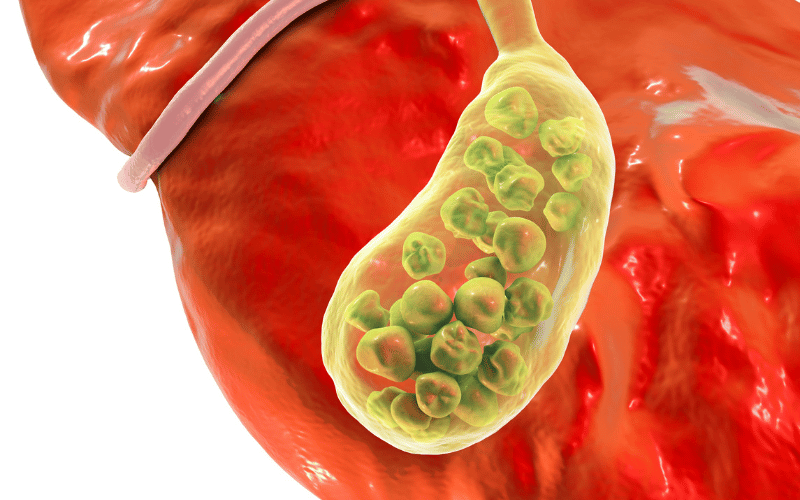Fact 4: The Formation of Gallstones

The process of gallstone formation is intricate and multifaceted, influenced by a variety of factors. At its core, gallstones form when the components of bile, a digestive fluid produced by the liver, are out of balance. This imbalance can manifest in a few different ways. For one, if the liver excretes too much cholesterol into the bile, and the bile cannot dissolve it all, the excess cholesterol may crystallize, forming stones.
Similarly, if the gallbladder doesn’t empty completely or often enough, bile may become very concentrated, further contributing to gallstone formation. This sluggish gallbladder movement can result from a variety of factors, including pregnancy, obesity, certain diseases and conditions, and even aging.
The bile in our bodies is comprised of cholesterol, bile salts, and bilirubin (a substance found in bile that results from the body breaking down red blood cells). An excess of bilirubin, which can occur in conditions like liver cirrhosis or blood disorders, can also lead to gallstone formation.
Certain factors can increase the risk of gallstone formation, including being overweight or obese, losing weight rapidly, eating a high-cholesterol, high-fat, and low-fiber diet, and certain intestinal diseases. By understanding the intricacies of gallstone formation, individuals can take proactive steps to minimize their risk, leading to a smoother navigation through the complexities of this condition. (4)